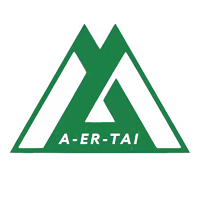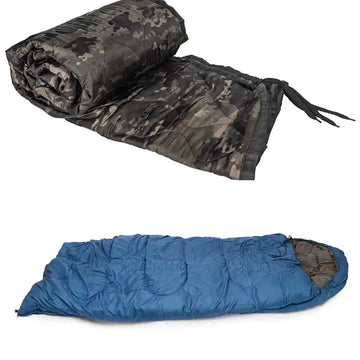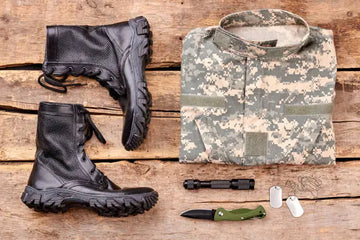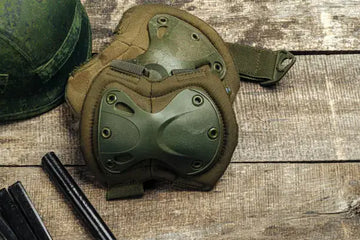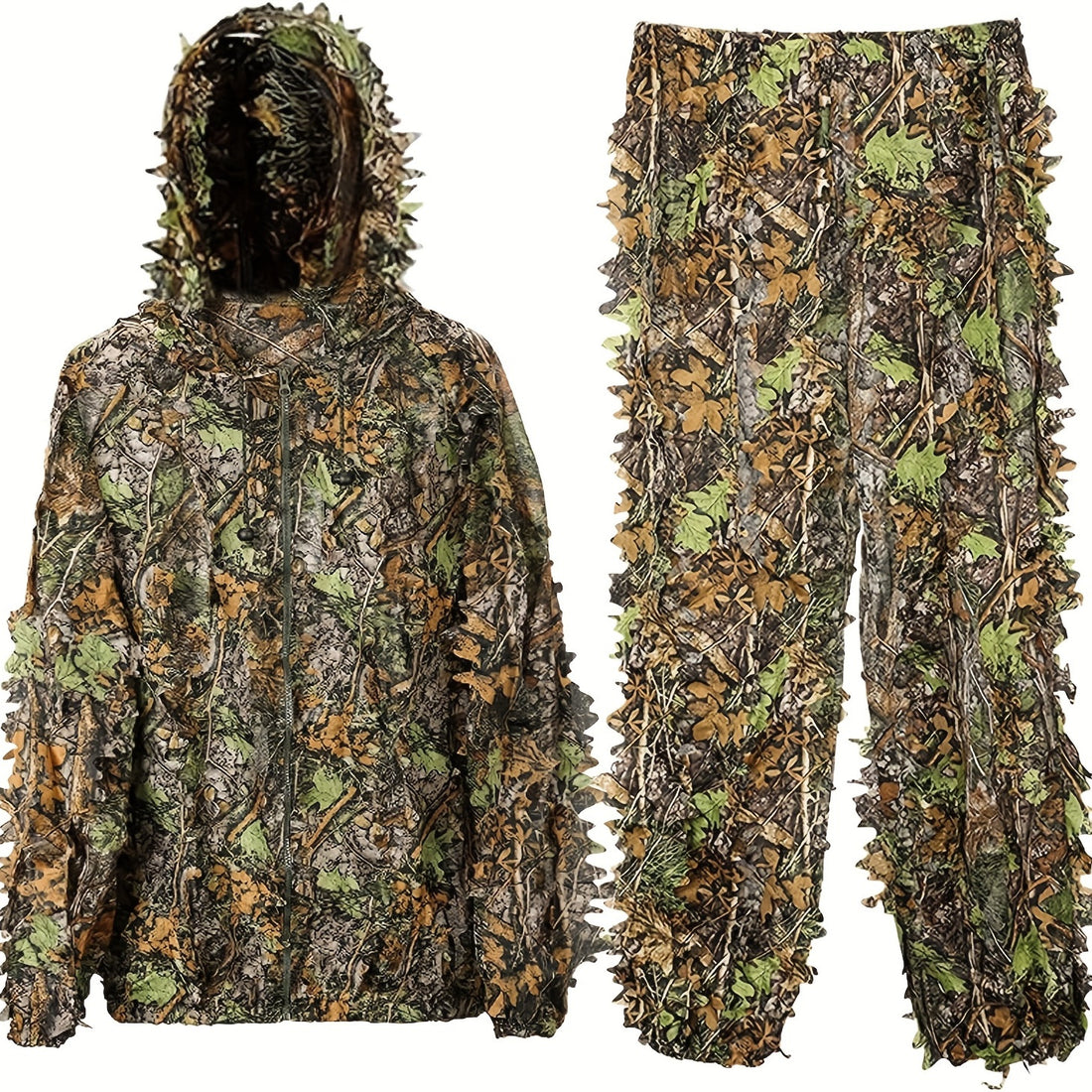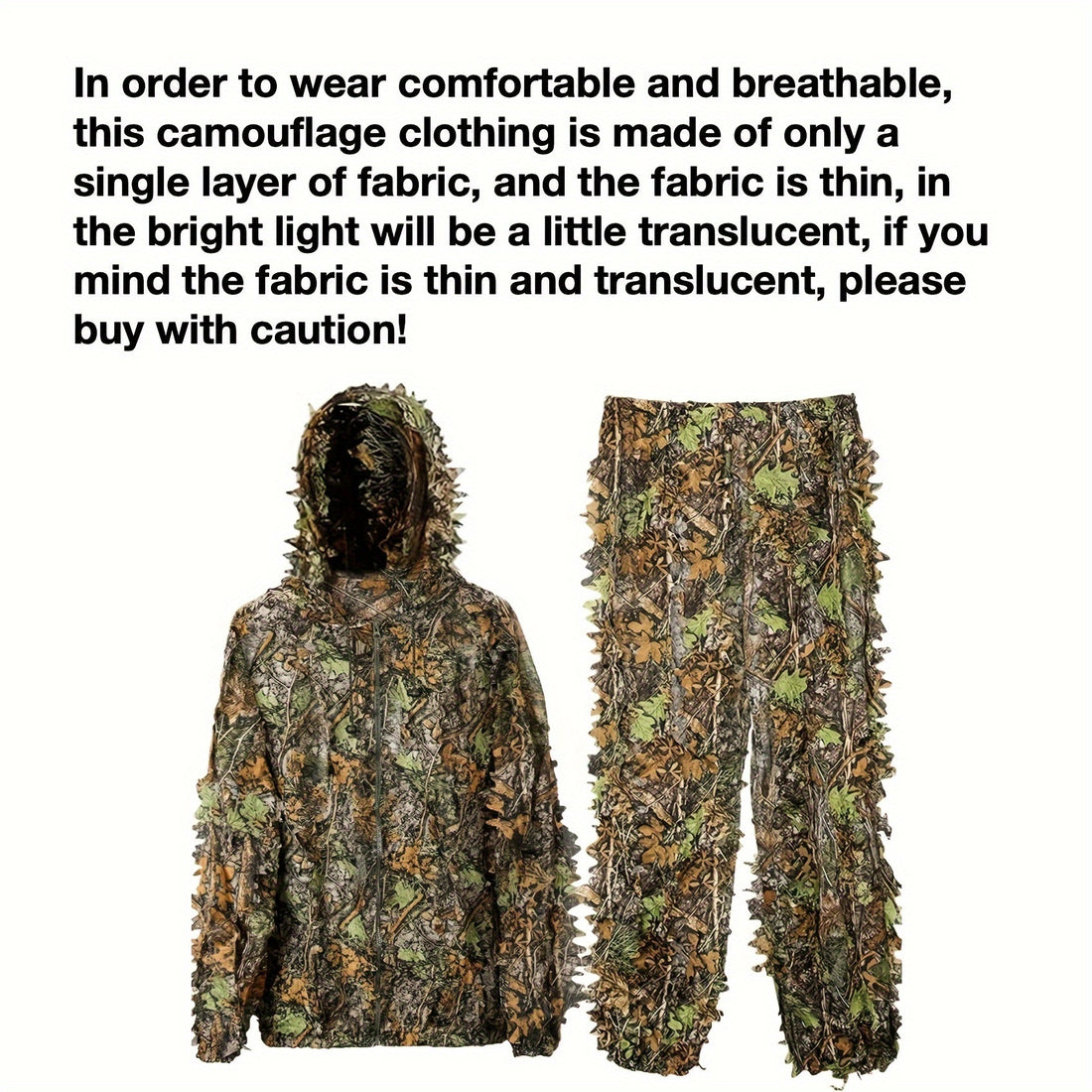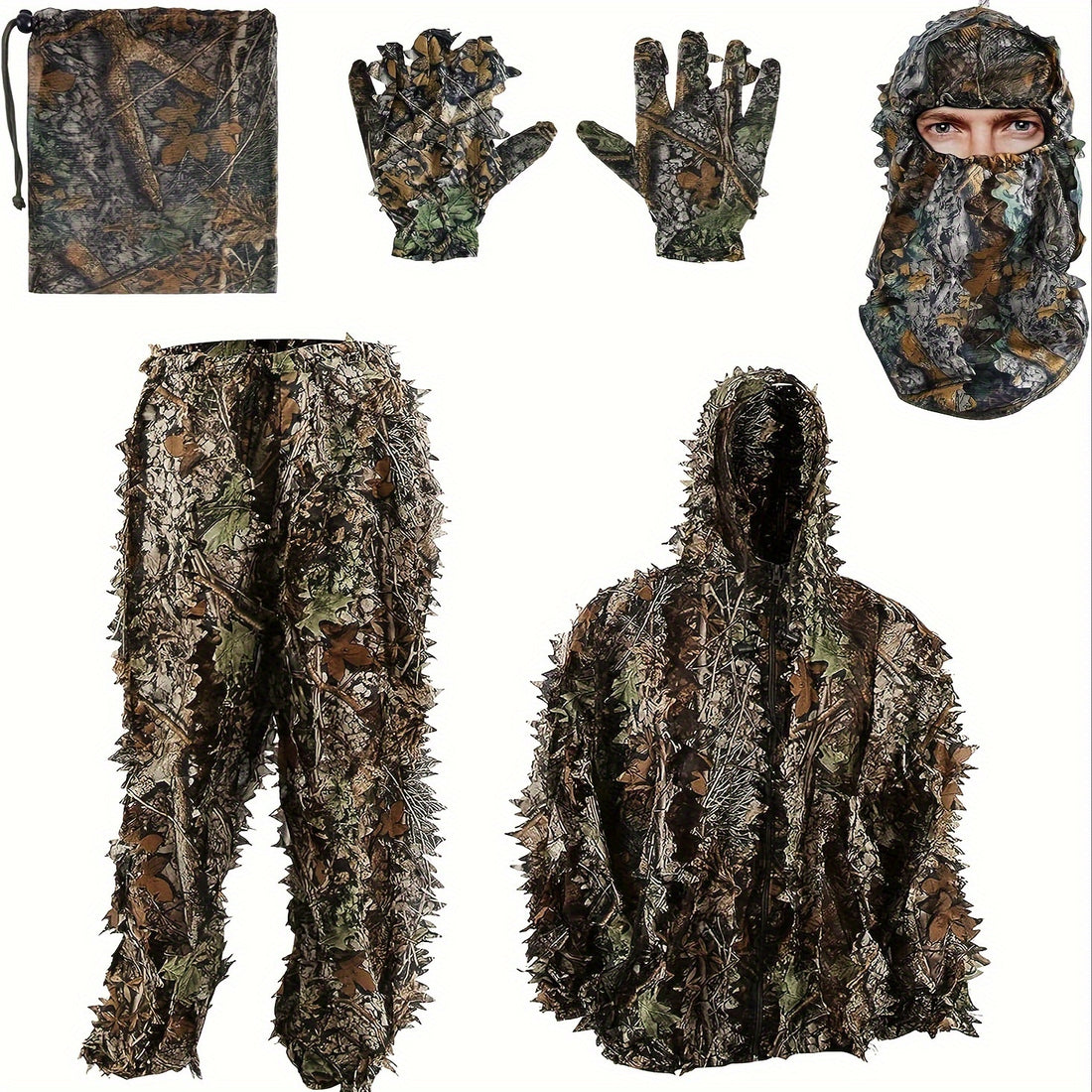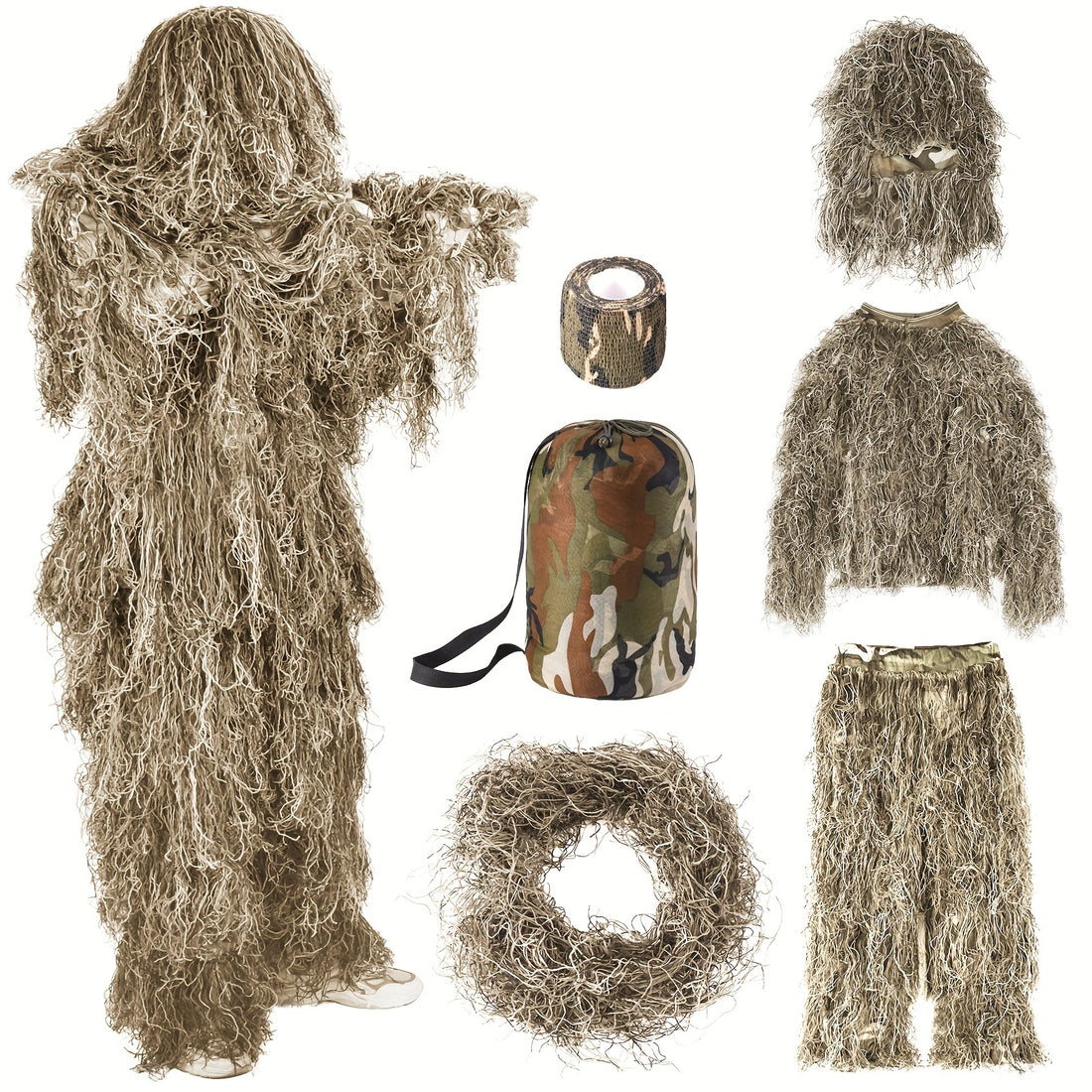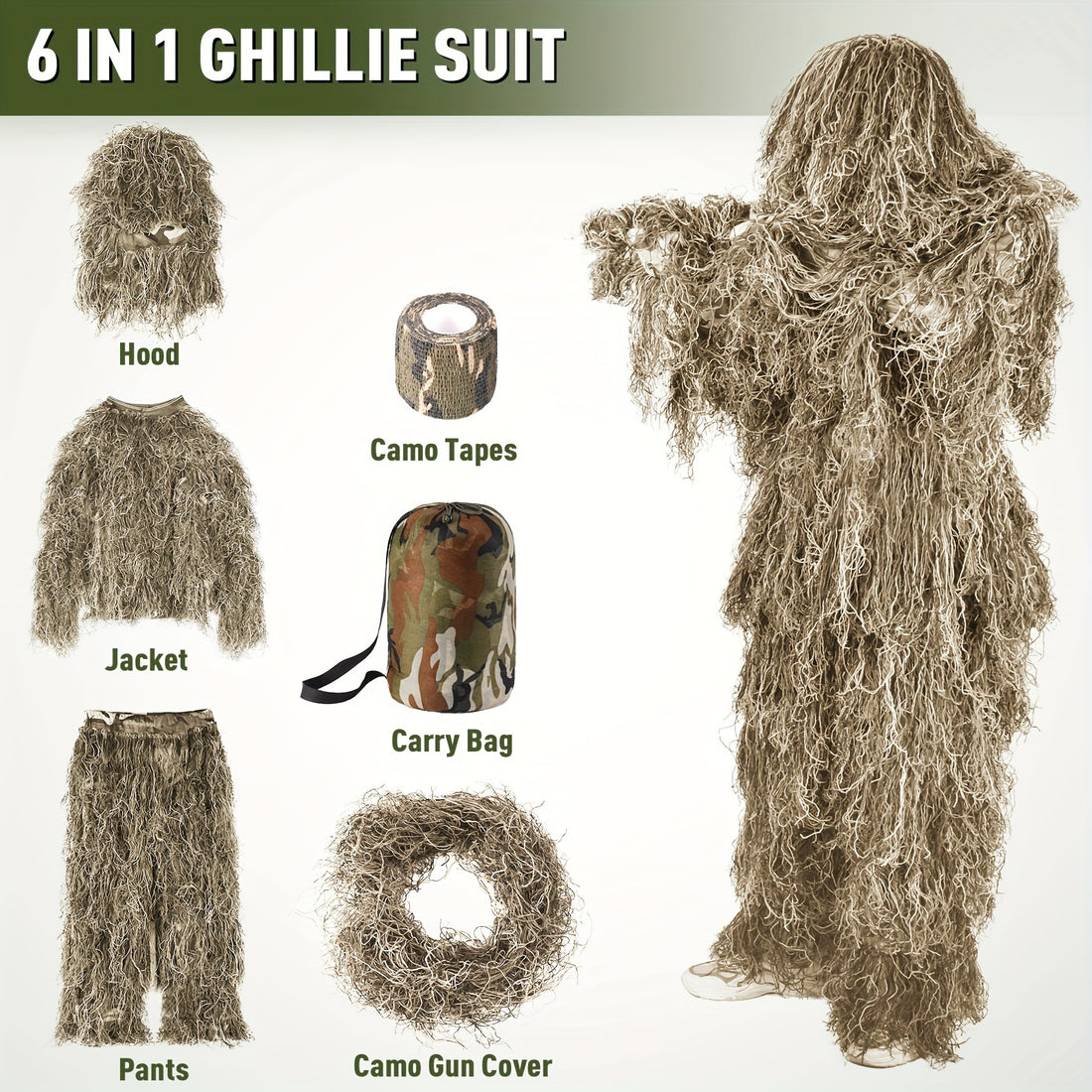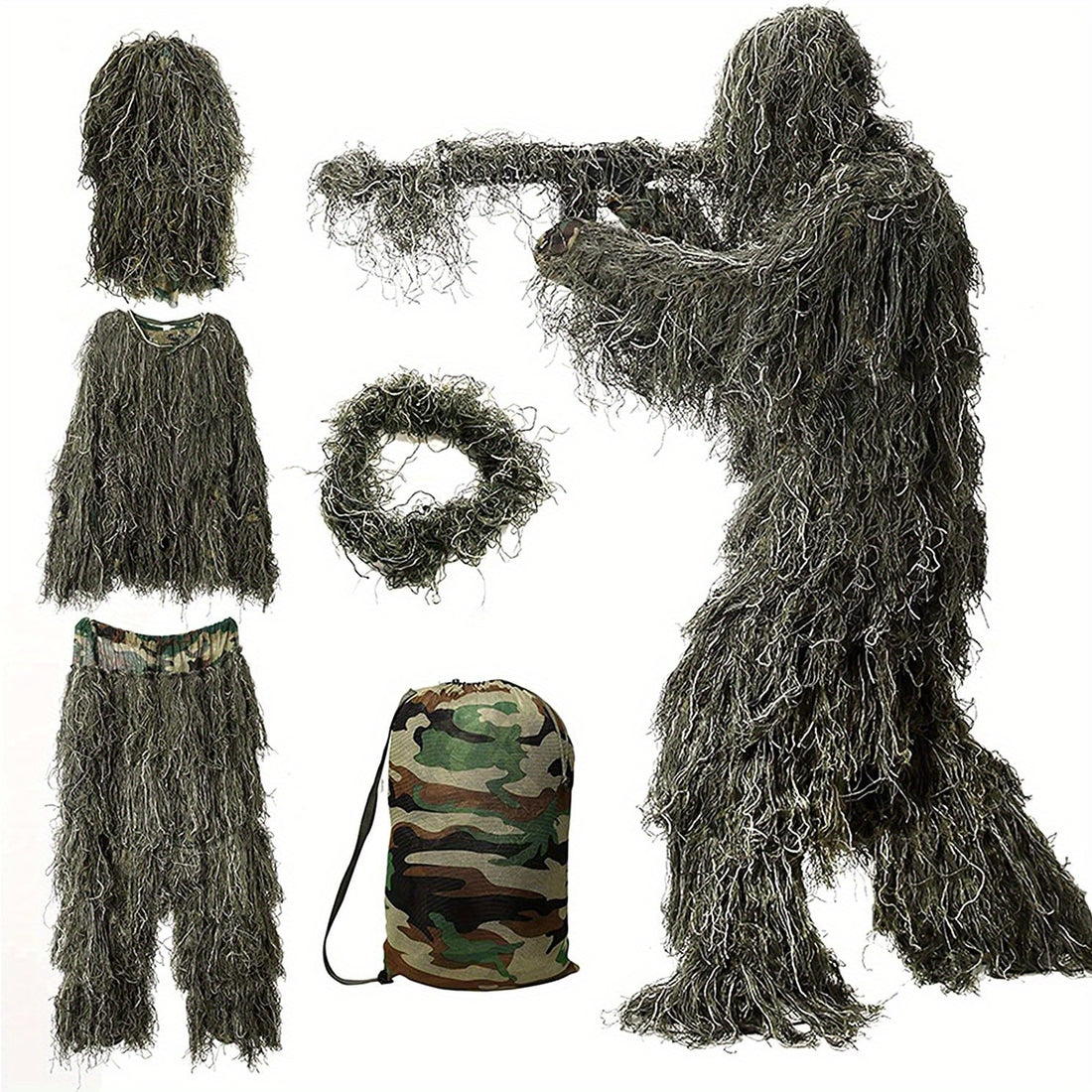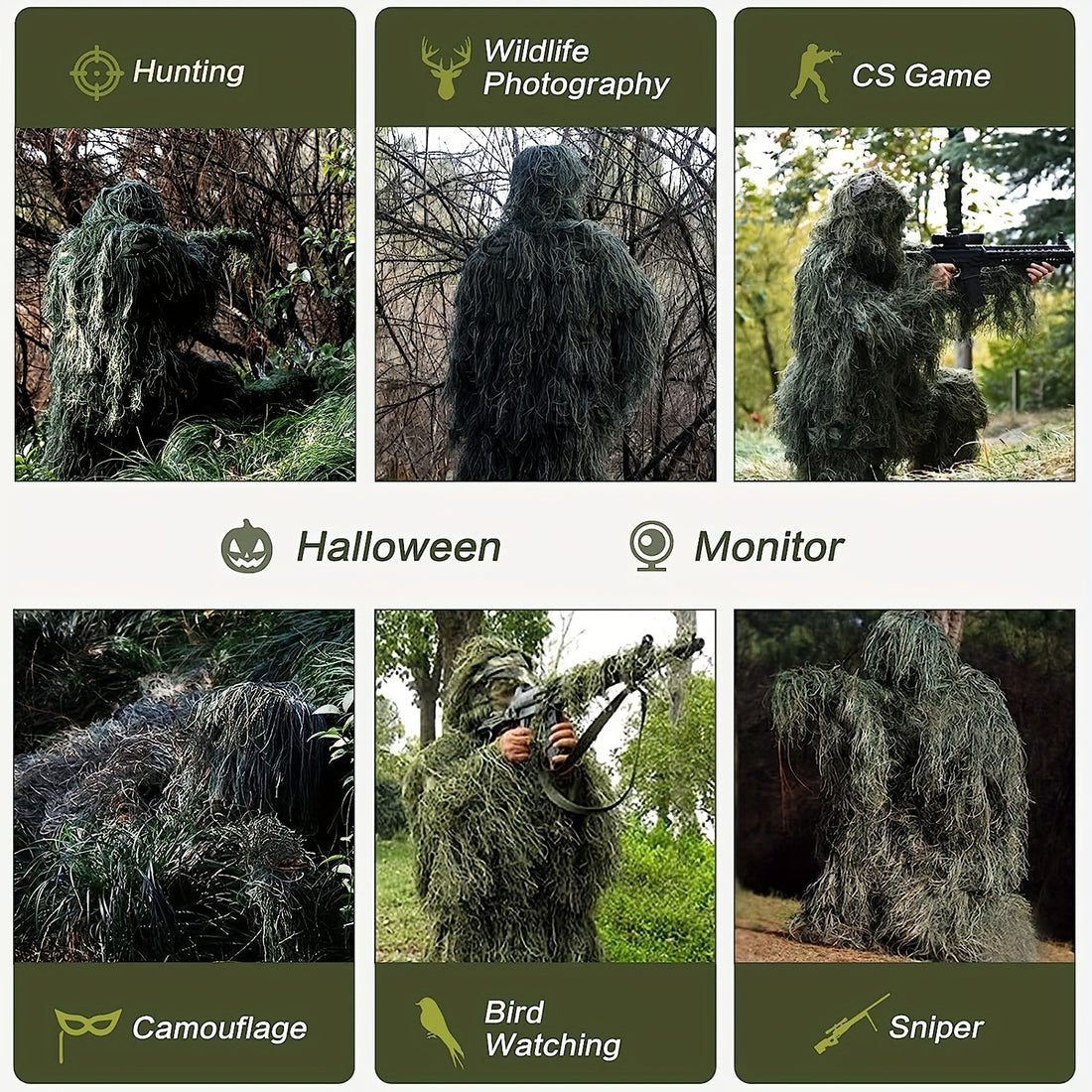Camouflage netting, often called camo netting, is a versatile tool designed to conceal objects, vehicles, or people by blending them into their surroundings.
Used in military operations, hunting, wildlife observation, and even recreational activities, it relies on specialized color patterns, durable materials, and strategic placement to disrupt visual detection.
This article explores how camo netting works, applications, maintenance, and key considerations to help you choose the right product for your needs.
What Is Camouflage Netting?
Camouflage netting is a lightweight, durable fabric made from synthetic materials like polyester or nylon. These nets are often coated with UV-resistant treatments to withstand prolonged sun exposure.
Modern designs feature environment-specific patterns (e.g., woodland, desert, snow) and may include 3D elements, such as attached foliage, to enhance concealment.
Advanced military-grade nets may incorporate infrared (IR) suppression to reduce thermal signatures, though these are less common in commercial markets.
Primary Uses of Camouflage Netting
Military and Tactical Operations
- Conceals vehicles, equipment, and personnel from visual, thermal, and aerial surveillance.
- Enhances sniper operations when paired with ghillie suits.
- The U.S. Department of Defense outlines standards for military camouflage nets in MIL-C-82435.
Hunting and Wildlife Observation
- Hunters use reversible camo nets (e.g., green/brown patterns) to blend into forests or grasslands.
- Wildlife photographers rely on lightweight nets to avoid disturbing animals.
Recreational Activities
- Popular in airsoft, paintball, and camping for creating hidden bases or ambush points.
- Enhances outdoor setups like shade structures or privacy screens.
Civilian and Agricultural Applications
- Mask construction sites, garbage bins, or solar panels in residential areas.
- Protects crops from birds in agriculture, acting as a non-lethal deterrent.

Is Camouflage Netting Effective? Key Factors
1. Pattern and Color Matching
The net’s effectiveness depends on how well its camouflage pattern aligns with the environment. For example, digital camouflage like MARPAT excels in fragmented landscapes, while snow patterns are ideal for winter settings.
2. Material Quality
UV-resistant coatings prevent fading, and reinforced edges ensure durability. High-quality nets withstand rain, wind, and prolonged exposure.
3. Setup Technique
Proper installation is critical:
- Angle the net to break up outlines.
- Drape it loosely to avoid taut surfaces.
- Incorporate natural foliage to enhance concealment. Movement under the net can compromise its effectiveness.
4. Technological Countermeasures
Standard camo netting does not block thermal imaging. Military-grade nets may include infrared (IR) reduction materials, but these are costly and less accessible.
Maintenance of Camouflage Netting
To ensure longevity, follow these maintenance tips:
-
Cleaning: Rinse with water to remove dirt or debris. Avoid harsh detergents, which can damage UV-resistant coatings.
-
Drying: Air-dry completely to prevent mold or mildew.
-
Storage: Store in a cool, dry place, loosely folded to avoid creasing or tearing.
-
Inspection: Check for frayed edges or tears before each use. Repair small damages with nylon repair tape.
- Avoid Prolonged Exposure: Rotate nets periodically to minimize UV degradation.
Buying Guide for Camouflage Netting
Consider these factors:
-
Environment: Select a camouflage pattern that matches your terrain (e.g., Multicam for mixed environments, desert camo for arid regions). Research patterns at Camopedia.
-
Size: Measure the area you need to cover. Nets range from small (e.g., 6x6 ft) to large (e.g., 20x30 ft). Ensure extra coverage for draping.
-
Material: Prioritize ripstop nylon for durability or polyester for lightweight needs. Opt for UV-resistant, waterproof nets for outdoor use. Check for reinforced edges for durability.
- Features: Decide if you need 3D foliage, fire-retardant coatings, or IR-suppression (military use only).
- Eco-Friendliness: Look for biodegradable nets if environmental impact is a concern, though they may be less durable. Reputable brands include CamoSystems, Ghosthood, and Rothco. Always buy from trusted suppliers to avoid low-quality imitations.
FAQs
1. How do I set up camo netting effectively?
- Use natural foliage to break up the net’s outline.
- Drape loosely and extend to the ground to avoid shadows.
- Secure with stakes or ropes to prevent flapping.
2. Is camo netting reusable and weather-resistant?
High-quality nets are reusable and withstand rain, wind, and UV exposure with proper maintenance.
3. How often should I replace my camouflage netting?
Inspect annually for fading or tears; high-quality nets last 5–10 years with proper care.
Limitations and Considerations
-
Visibility Under Movement: Even the best netting fails if objects or people move beneath it.
-
Thermal Detection: Most commercial camo netting does not mask heat signatures.
-
Cost vs. Performance: Military-grade nets with advanced features like IR reduction are expensive and often restricted.
- Environmental Impact: Non-biodegradable nets can harm ecosystems if left behind.
Conclusion
Camouflage netting is a practical and versatile tool for military, hunting, recreational, and civilian applications. Its effectiveness depends on choosing the right camouflage pattern, using proper setup techniques, and understanding its limitations.
As technology advances, innovations in thermal masking and sustainable materials may further enhance camo netting’s applications.
